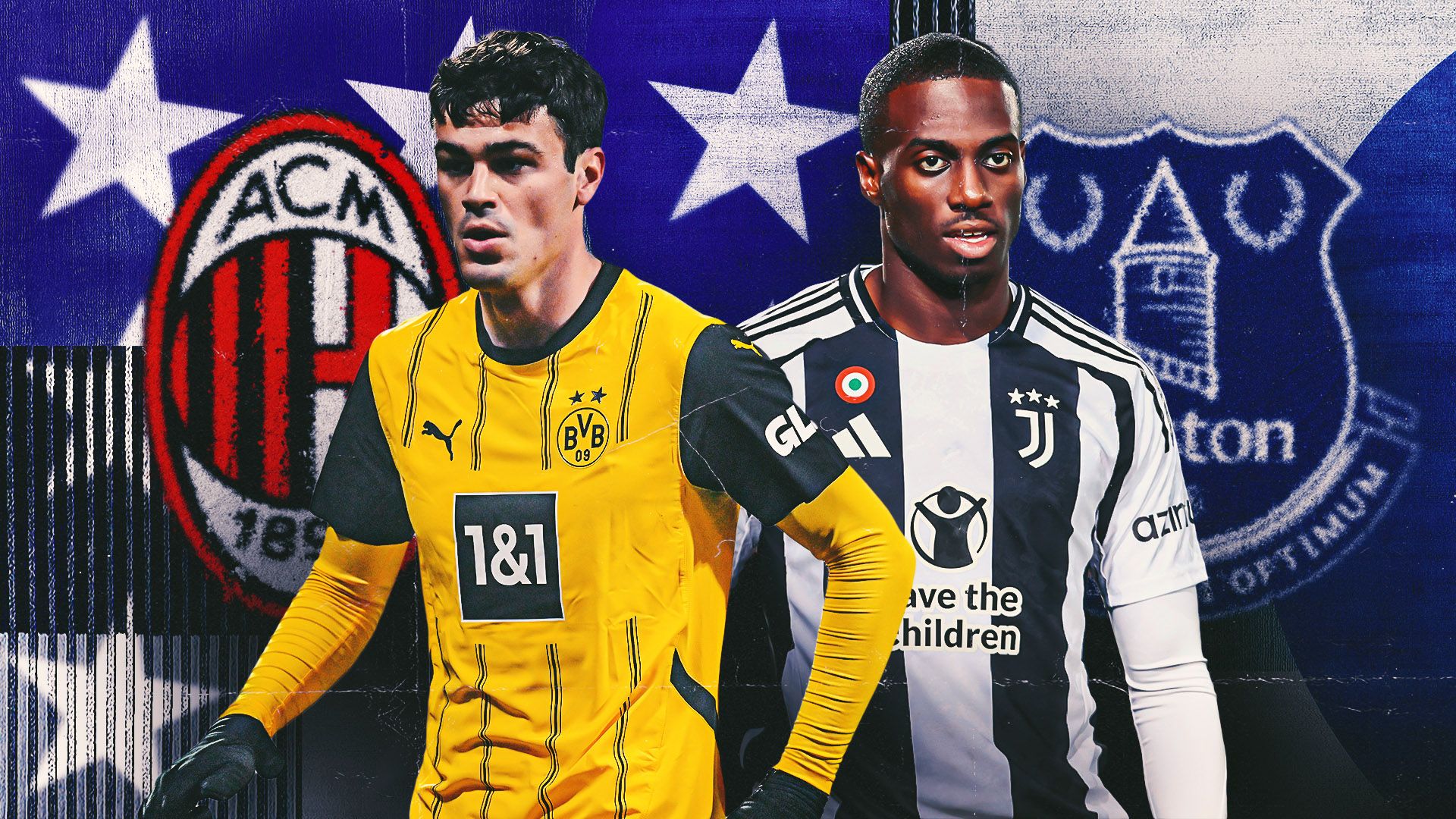In the intricate world of modern football, success isn`t solely defined by what you buy, but often by what — and whom — you sell. For clubs like Juventus, navigating the transfer market has become a sophisticated dance between sporting ambition and financial pragmatism.
The murmurs from Turin suggest that the Bianconeri are, once again, preparing a carefully curated list of players destined for new pastures. This isn`t merely about offloading deadwood; it`s a strategic maneuver, complete with an updated price list for each potential departure, aimed at rebalancing the squad, optimizing finances, and paving the way for future acquisitions.
The Unavoidable Imperative: Why Sell?
In an era dominated by Financial Fair Play (FFP) regulations and an ever-inflating market, generating capital through player sales has become as crucial as attracting top talent. For Juventus, a club with significant financial obligations and ambitious sporting goals, the transfer window is not just a period for scouting; it`s a crucial revenue-generating exercise. Every player sold, even those considered key, represents potential capital that can be reinvested, a wage bill reduction, or simply an improvement to the club’s bottom line.
Beyond pure finance, player sales are integral to squad evolution. They create space for emerging talents from the youth academy, allow for tactical adjustments by bringing in players better suited to a new system, or simply refresh a locker room that may have grown stale. It’s a cyclical process: out with the old, or perhaps just the currently less essential, to make way for the new.
The Delicate Art of Valuation
The «updated price list» isn`t a mere accounting ledger; it`s a testament to the complex art of player valuation. Factors like age, contract length, performance statistics, injury history, market demand, and even brand appeal all contribute to a player`s perceived worth. Getting this right is paramount. Undervalue a player, and the club leaves money on the table; overvalue them, and they might remain on the roster, becoming an unproductive asset.
This dynamic is often where fan sentiment diverges sharply from boardroom logic. Supporters, with their emotional attachment to players, frequently balk at perceived lowball offers for talents they view as exceptional, as seen in the debate surrounding promising youngsters like Huijsen. The challenge for management is to find that sweet spot – a price that satisfies market reality while also mitigating fan outrage.
Navigating the Rivalry Minefield
Another layer of complexity arises when potential buyers are direct rivals. The notion of selling a player to a competitor, such as Napoli in this context, often ignites fierce opposition among the fanbase. For supporters, it feels like strengthening an adversary. For the club, it’s a strategic tightrope walk: is the financial gain worth the potential sporting risk and the inevitable backlash from the curva? History has shown that such moves, while sometimes financially prudent, can leave a lasting mark on fan loyalty and perception.
The Echoes of Leadership Past
Amidst these strategic maneuvers, a common refrain from a segment of the fanbase is a yearning for the «good old days,» when figures like Agnelli, Boniperti, or Moggi ostensibly wielded absolute control and ensured the club`s dominance without such apparent compromises. This sentiment, though understandable, often overlooks the radically changed landscape of modern football, where global finances, sophisticated analytics, and regulatory bodies dictate terms far more rigorously than in decades past. The days of pure, unbridled financial muscle are, for many clubs, a fond memory.
The Balancing Act
Ultimately, Juventus`s journey through the transfer market is a microcosm of the challenges faced by elite clubs worldwide. It`s a continuous balancing act between financial solvency, sporting ambition, and managing the passionate, often conflicting, expectations of a colossal global fanbase. The «list of departures» is not a sign of weakness, but rather a necessary, albeit complex, mechanism for a club determined to remain at the pinnacle of European football. How skillfully these sales are executed will undoubtedly shape the Bianconeri`s trajectory in the seasons to come.
This article is an analysis based on the common themes and implications of football transfer news, drawing inspiration from general reporting regarding club financial strategies and player sales.

